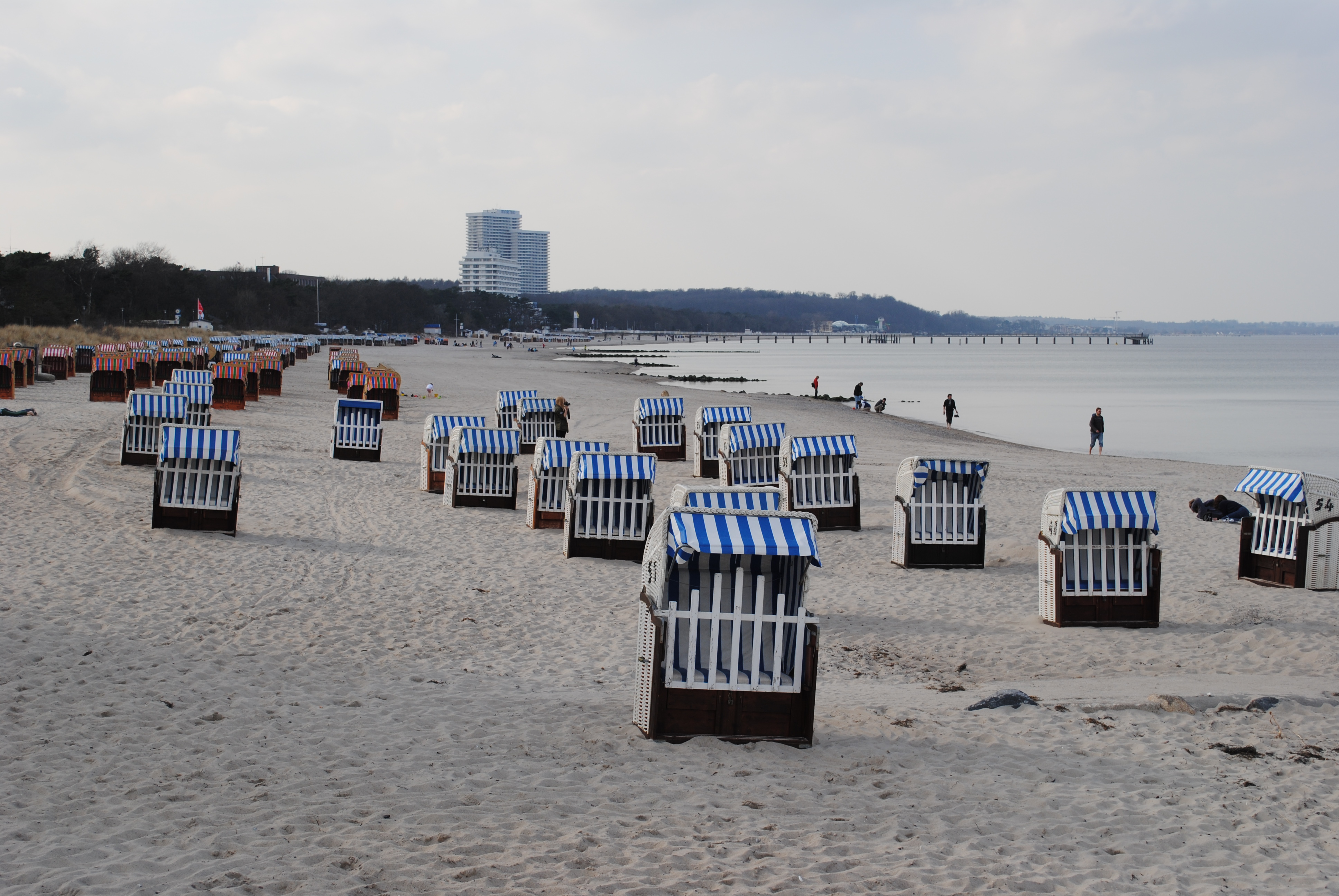Costs and benefits of the implementation of coastal flood defence were quantified as far as possible for two scenarios. Minimum scenario referred to a sea level rise of 0.30 m and an according increased frequency of flood events; maximum scenario shows a seal level rise of 0.50 m and the following increase in flood events.
Estimated costs include investment and maintenance costs of the coastal flood defence measure and cost related to the architecture finishing and landscaping project. Following benefits were considered in the analysis: avoided flooding, change of recreational function and tourism due to finishing and landscaping project, change of number of travellers to community, change of property values and qualitative assessment of change of turnover of restaurant owners.
The implemented measure was compared to a business-as-usual scenario, with no implementation of the coastal defence interventions and of the finishing and landscaping project. The two different estimated scenarios differ in the impacts of the climate change, change of property value, additional tourism and maintenance costs. For both scenarios, the estimated benefits exceed the costs of the measure: net present value ranges between 92 and 220 million euro. The estimated benefits are between 4 and 8 times higher than the estimated costs (benefit-cost ratio). The investment-upfront costs are the major type of costs with 30 million euro (for both scenarios) and the main type of benefits is avoided damages by storm surges (71.5 million euro for the minimum and 170 million for the maximum scenario in the period 2011-2100). Also the additional tourism shows substantial benefits, ranging between 45 and 72 million euro (for the period 2011.2100). The undertaken sensitive analysis showed that for all scenarios and all discount rates used benefits are higher than costs. The net present value is positive and the benefit-cost ratio is higher than one.
A further cost-benefit analysis was the change of turnover of restaurants analysed. The existing beach promenade was improved which means that there are more possibilities for outside seating, and additional wind protection realized. The data on change of turnover was elaborated by interviews with restaurants in Niendorf which is a district of Timmendorfer Strand. The answers ranged from no major changes to an increase of turnover of 5 per cent.
The investment costs were covered mainly by the regional government of Schleswig-Holstein which is responsible of coastal protection for this area. Furthermore, the community covered a certain share of the costs. Also EU funding via Cohesion Policy was used (especially for the landscape and finishing project). From the total of 30 million of euro, 31% (9.5 million euro) were covered by the community.



